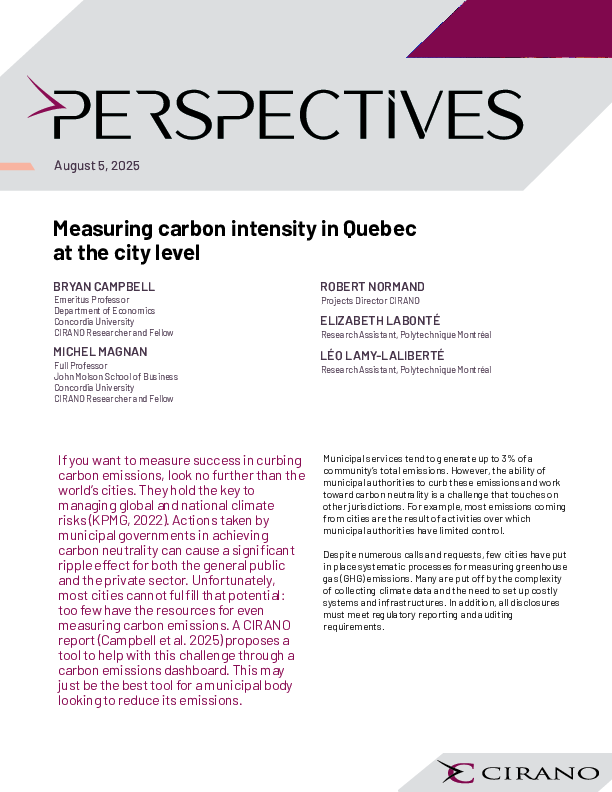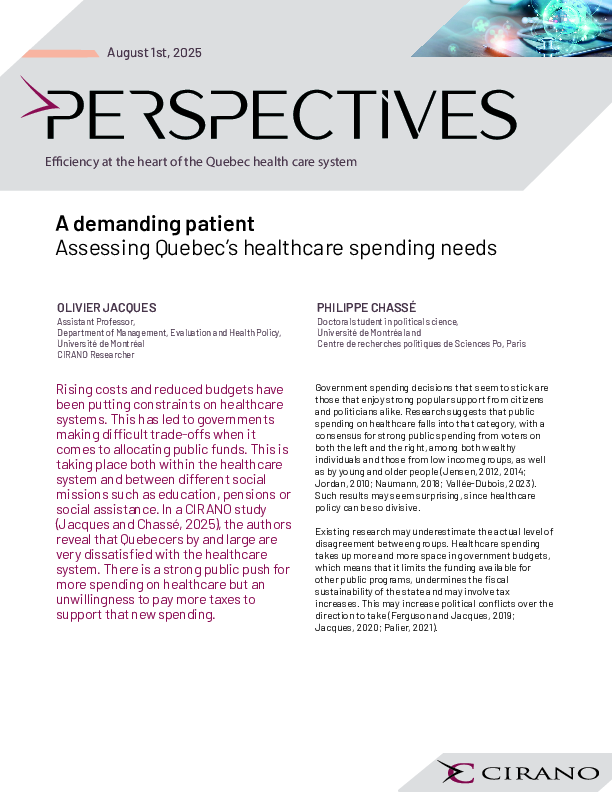Habit Formation with Recursive Preferences
In the literature of financial economics, there has not been introduced yet a model which is capable of explaining at the same time high risk premium and low risk-free rate. Mehra and Prescott (1985) have found that it requires implausibly high levels of risk aversion on the part of the representative agent in order to reconcile these two puzzles. On the other hand, if the extremely risk averse agent hypothesis is taken to be true, then the classical consumption theory cannot explain empirically the risk-free interest rate puzzle unless a negative time preference rate is assumed. In this paper, we introduce habit formation into the consumption portfolio choice problem of infinitely lived representative agent with the Epstein-Zin preferences. We propose a better performing model than the one with the conventional additive and homogenous von Neuman Morgenstern intertemporal utility function in dealing with these two puzzles. It is well known that the specification of recursive preferences has the advantage of partially disentangling the intertemporal substitution and the risk aversion. On the other hand, a utility function with habit forming preferences implies temporal non-separability, since high past levels of consumption decrease the instantaneous utility level. This, in turn, modifies the optimality conditions and the expression of the risk premium.
[ - ]




